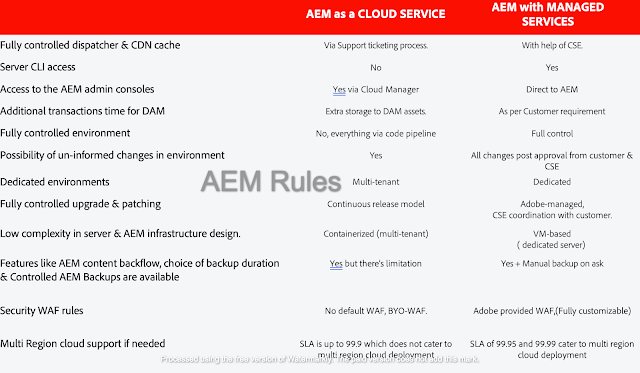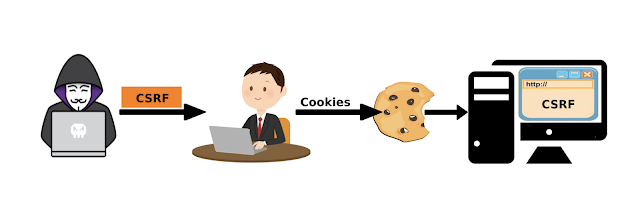HTTP3-next Generation web communication
HTTP/3: The Next Generation of Web Communications
The Internet has come a long way since the introduction of the first version of the Hypertext Transfer Protocol (HTTP) in 1991. The evolution of the web has led to the development of new technologies, with the most recent being HTTP/3, the third version of the HTTP protocol. In this blog, we will discuss what HTTP/3 is, its benefits, and how it differs from previous versions of the HTTP protocol.
What is HTTP/3?
HTTP/3 is the third version of the HTTP protocol and is designed to be a faster and more efficient way of transmitting data over the Internet. HTTP/3 was developed as a response to the growing demands of modern web applications, which require fast and reliable data transfer to provide users with a seamless experience.
HTTP/3 is based on the QUIC protocol, which is a new transport layer protocol designed for the Internet. QUIC is designed to provide low latency, high security, and high performance for the Internet, making it an ideal choice for the next generation of HTTP.
Benefits of HTTP/3
HTTP/3 provides several benefits over previous versions of the HTTP protocol. Some of these benefits include:
Increased speed: HTTP/3 is designed to be faster than previous versions of the HTTP protocol, providing a more seamless user experience.
Improved reliability: HTTP/3 is designed to be more reliable than previous versions, providing users with a more dependable web experience.
Enhanced security: HTTP/3 provides improved security features, making it more difficult for attackers to exploit vulnerabilities and steal sensitive information.
Reduced latency: HTTP/3 is designed to reduce latency, which means faster page load times and reduced network congestion.
How HTTP/3 Differs from Previous Versions of the HTTP Protocol
HTTP/3 differs from previous versions of the HTTP protocol in several key ways. Some of these differences include:
New transport layer: HTTP/3 is based on the QUIC protocol, which is a new transport layer protocol designed for the Internet.
Multiplexing: HTTP/3 supports multiplexing, which allows multiple requests to be sent and received at the same time, reducing latency.
Improved error handling: HTTP/3 provides improved error handling capabilities, making it more resilient to network errors and outages.
Enhanced security: HTTP/3 provides enhanced security features, making it more difficult for attackers to exploit vulnerabilities and steal sensitive information.
Conclusion
HTTP/3 is the next generation of the HTTP protocol and is designed to provide a faster, more efficient, and more secure way of transmitting data over the Internet. With its new transport layer, multiplexing, improved error handling, and enhanced security features, HTTP/3 is poised to revolutionize the way we use the Internet. Whether you are a developer, network administrator, or just a regular user of the web, you will likely see the benefits of HTTP/3 in the near future.











Comments
Post a Comment